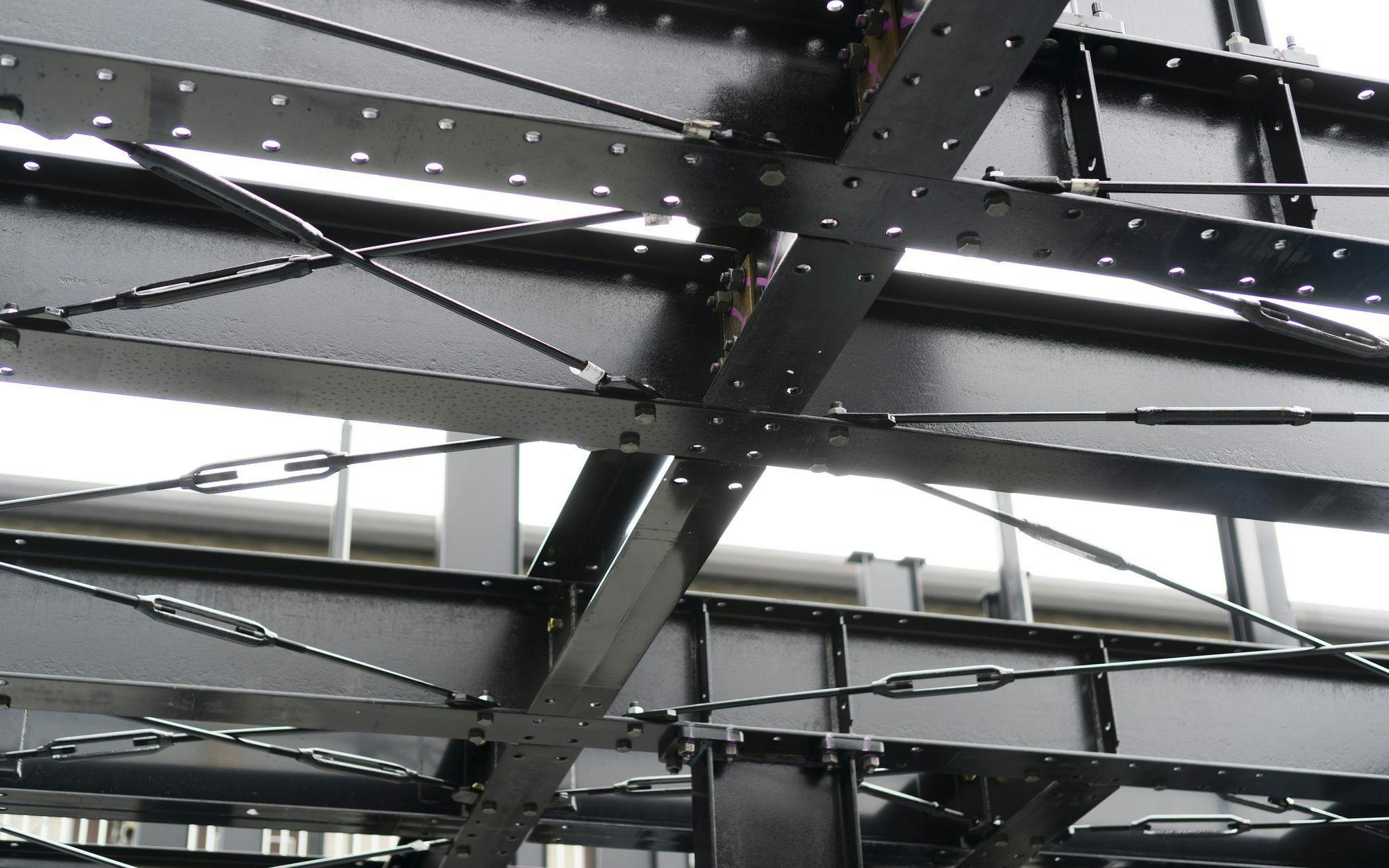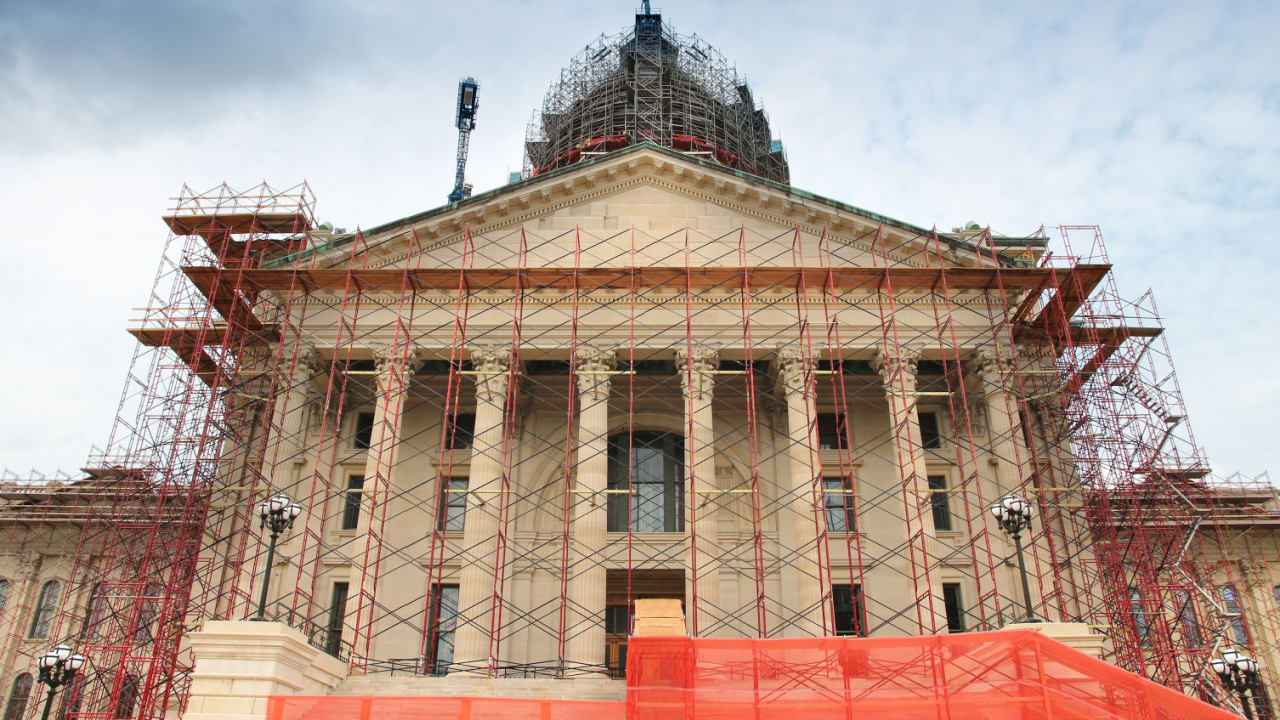
Cold-formed Steel Solutions for Seismic Retrofit of Existing Buildings
American Society of Civil Engineers (ASCE) Standard 41-17, “Seismic Evaluation and Retrofit of Existing Buildings,” provides engineers and builders with a tool to effectively evaluate and optimize the seismic performance of existing buildings. The standard addresses a difficult resilience issue for regions where seismic activity is a concern: how to ensure existing buildings, many of which were not built to withstand significant seismic activity, are able to remain standing and functional (if needed) during and after a seismic event. The 2017 edition of the standard represents a significant advancement in the use of cold-formed steel in seismic evaluations and retrofits.
Seismic evaluation and retrofit is not only required by regulation for all federal buildings, but also by recently passed ordinances in several major California cities for seismically vulnerable buildings. With ASCE 41-17, engineers have an effective tool to zero in on seismically deficient buildings and reduce the potential risk to their communities. The standard provides a number of evaluation and retrofit design methodologies to ensure seismic resilience. In fact, proactive building owners will often conduct an ASCE 41 evaluation prior to making a purchase in a seismic region in order to assess whether the prospective building has the ability to ensure business continuity in the wake of a disaster as well as reduce insurance costs.
One significant update to the latest version of ASCE 41 is the addition of a more robust section on evaluating and retrofitting with cold-formed steel framing. In previous editions of the standard, the cold-formed steel framing solutions did not reflect the latest research taking full advantage of the material’s seismic performance capabilities. ASCE 41-17 offers a completely reworked cold-formed steel section which provides the designer with a greater number of options for the use of cold-formed steel, ensuring more economical solutions and a higher confidence in the resulting resilience of cold-formed steel retrofit solutions.
Because cold-formed steel framing is lightweight, ductile, cost-effective and quickly integrated into existing buildings, it is an ideal solution for addressing common weaknesses in seismically vulnerable buildings such as unreinforced masonry, non-ductile concrete and “soft story” wood-framed structures. Steel’s inherent non-combustibility also presents a significant advantage for seismic performance over alternative materials, as water service, and possibly the building’s automatic fire sprinkler system, could be compromised post-event.
Looking to the future, the North American steel industry continuously strives to provide builders with the most effective solutions for addressing issues of resilience. For instance, significant research is underway to examine the impact of nonstructural finishes on the overall seismic performance of a building. Additional research is being conducted by the industry to better understand the role that floor and roof diaphragms play in a seismic event. Once completed, the research results will be integrated into the latest relevant standards, such as ASCE 41, making it vital for builders to use the most up-to-date standards and design methods when retrofitting buildings. The suite of cold-formed steel standards from the American Iron and Steel Institute (AISI) is available at no cost.
Related stories








